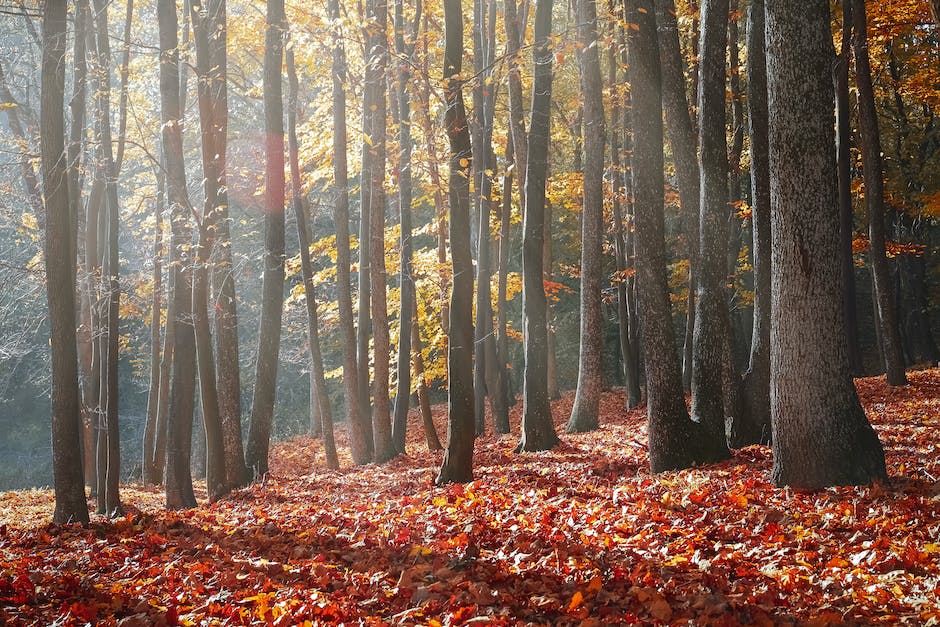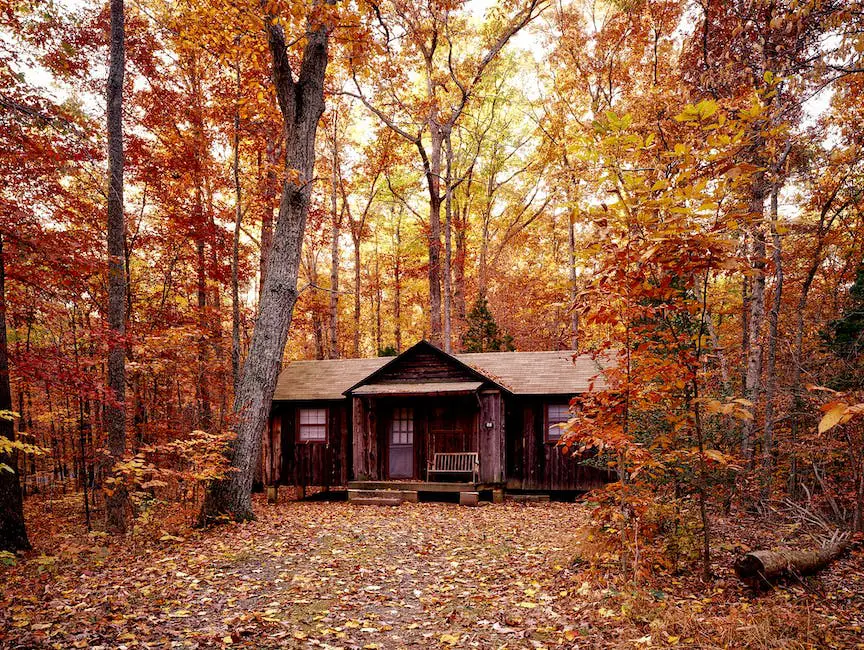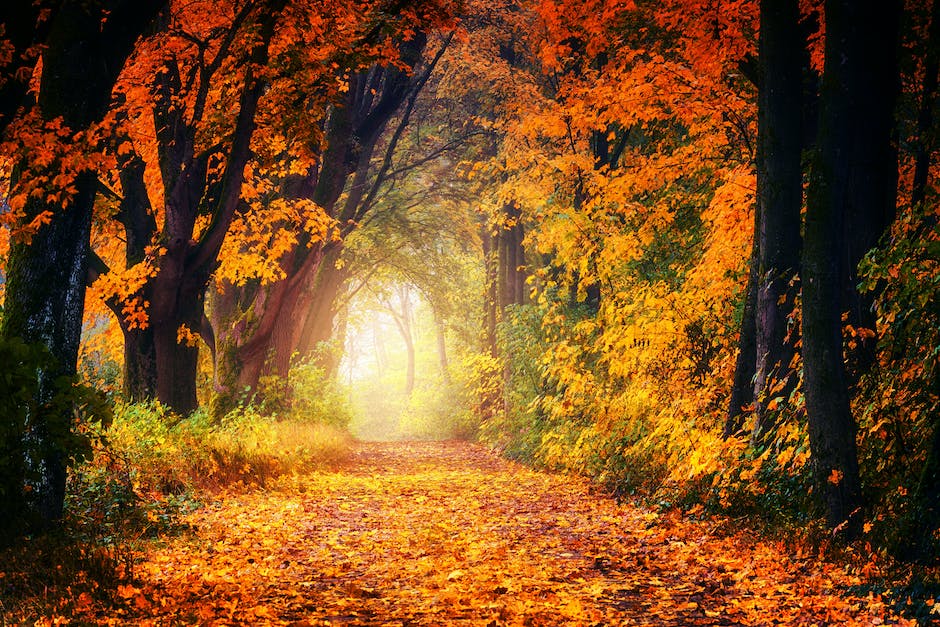Maple trees are a type of deciduous tree that is native to North America. They are known for their large, round leaves and red, orange, or yellow fall foliage. Maple trees are also known for being wind resistant. This means that they are less likely to be damaged by high winds than other types of trees.
There isn’t a definitive answer to this question since it largely depends on the specific circumstances (i.e. the type of maple tree, the location, the strength of the wind, etc.). In general however, maple trees are typically quite resistant to wind damage.
What trees can withstand strong winds?
Wind-resistant trees are those that are able to withstand strong winds without being damaged or uprooted. There are many different types of wind-resistant trees, and they are found all over the world. Some of the most popular wind-resistant trees include the American beech, the American holly, and the American persimmon.
If your maple tree has suffered more than 50 percent damage, it is likely that it will not recover and will eventually die. This can be a costly and time-consuming process, so it is important to be aware of the potential risks before planting a maple tree.
Can trees withstand high winds
The trees in a forest are able to withstand heavy wind loads by colliding with nearby trees. This helps to distribute the wind force evenly across the forest and prevents any one tree from being overloaded. The trees also streamline their shape to the wind flow, which reduces the wind force that is applied and decreases the risk of falling.
Sugar Maple is an excellent dense shade tree that is known for its strong wood that can withstand strong winds and ice. However, because it is such a dense tree, it can limit the ability to grow grass beneath it. Drought will result in leaf scorch, so regular watering in dry periods is necessary.
What is the best tree to block wind?
There are a few reasons that coniferous evergreens make great windbreaks. For one, they are naturally tall, so they can provide a good barrier against the wind. Additionally, their limbs are typically narrower and less likely to break off in high winds. Finally, evergreens provide year-round protection, as opposed to deciduous trees that will lose their leaves (and therefore their wind-blocking ability) in the fall and winter.
The soft maples include the red, silver and bigleaf maple, and have a lower commercial value because the wood is not as strong or close grained. However, the soft maples are still used for a variety of purposes, including making veneer, pulpwood, crates and boxes.
What problems do maple trees have?
Hello,
We wanted to let you know that diseases can occur on maples in the landscape as well as those growing in natural woodlots and forests.Anthracnose, fungal leaf spots (including tar spot), powdery mildew, and Verticillium wilt are diseases that are usually encountered every year, whereas leaf scorch is an occasional problem.
Thank you,
Maple Disease Awareness
Maple trees have shallow root systems which can cause problems such as cracked sidewalks or driveways near the tree, damage to lawn mowers, and inhibited growth of grass or other plants beneath the tree.
How can you tell if a tree will fall in the wind
If you notice any of the above signs, your tree may be dying and you should have it removed sooner rather than later. If it’s already at the point of wilting or toppling over, it’s too late and the tree will need to be removed immediately.
Many trees are uprooted or broken during storms if the wind speed is high enough. The actual wind speed at which this occurs varies depending on the tree species, as well as the size and condition of the tree. However, the new study found that there is a “critical wind speed” of around 90 mph (42 m/s) at which almost all tree trunks break. This is regardless of the tree species or size. The study was done by researchers in France, who used a special device to measure the wind speed at which tree trunks broke during storms. This information could help improve our understanding of how climate change may affect forests, as well as help us better prepare for and manage storm damage.
What speed of wind breaks trees?
We often think of mathematics as a tool for understanding the natural world but, as this example shows, mathematics can also give us insight into the behavior of living things. In this case, the mathematical relationship between wind speed and tree breakage can help us predict how trees will respond to wind, which is important for things like planning for storms and making sure that trees are not a danger to people or property.
A maple or other large tree should not be planted too close to a home as the roots can damage the foundation, and the branches can scrape the siding or break windows. For the best results, the tree should be planted at least 20 feet from the structure.
Can Japanese maple take wind
If you have a Japanese maple tree, you need to be careful of hot, dry winds. South winds are the worst and can cause leaf scorch. There is not much you can do to prevent damage from these south winds during July and August, so keep your tree as healthy as possible. The best prevention for this leaf scorch is to water your trees during, or immediately following, a hot wind.
Norway maples are notoriously tough, and can grow in a wide variety of poor conditions (including poor soil, rocky soil, clay-heavy soil, and sandy soil). They are also relatively resistant to smog and air pollution, making them a good choice for urban areas.
Are maple trees high maintenance?
Maples are a great choice for a shade tree because they are fast growing and low maintenance. They come in a wide variety of sizes, fall colors, and shapes, so you can find the perfect one to fit your needs. They are also beautiful trees that will add curb appeal to your home.
Coconut and palm trees are often used as windbreakers against storms or strong tidal waves. They provide protection from the wind and waves, and can help to prevent damage to property or injuries to people.
Which plant would better hold up in strong winds
Wind-resistant plants have flexible stems,
allowing them to bend and sway without breaking.
For instance, palms and crepe myrtles are good
wind resistant plants. Plants that are adapted
to windy conditions usually have small, narrow
leaves as well, such as needle-leaved conifers
and ornamental grasses.
Wind-resistant shrubs are those that can withstand strong winds without being damaged. They are often used as windbreaks or hedges to protect other plants from the wind. Some common wind-resistant shrubs include Australian natives such bottlebrush (callistemon and melaleuca), tea tree (leptospermum), shrubby banksias and coastal rosemary (Westringia fruticosa).
What are the disadvantages of a red maple tree
Red maple trees are a popular choice for landscaping but they suffer from a number of problems. They are slow to establish, have poor branching structure and are susceptible to long-term trunk injury or damage, which results in internal rot and decay. While these trees can be a beautiful addition to your property, it is important to be aware of the potential problems before making a purchase.
Maple trees are prone to a variety of diseases and pests. Some of the most common are: Verticillium Wilt – Also called maple wilt, this fungus is a common and serious problem that can kill treesOther maple tree diseases and pests include:Root rotGall mitesCankerwormsAphidsCottony scalePetiole borersLeafhoppersBoxelder bugs.
What is the lifespan of a maple tree
Most maples have a lifespan of around 100 years. However, sugar maples can live up to 400 years, and red maples can live up to 300 years.
If you want your maple tree to stay healthy, you should give it around 11 gallons of water each week. However, young maple trees need even more water, particularly in dry or hot conditions. To water your tree properly, it’s best to give it a few gallons of water every couple of days instead of a little bit each day.
What are the pros and cons of maple
Maple is a great, affordable wood that is very durable. It is often used to mimic more expensive woods because it takes dark stains well. However, this puts maple trees at risk from deforestation.
Tree roots can extend well beyond the canopy of the crown of a tree Maple trees are especially aggressive, developing an incredible network of surface feeder roots. This is due to the fact that their roots typically grow close to the soil surface. The roots of other trees, such as oaks, are much deeper.
Is maple tree good for front yard
This particular variety of Maple tree is a great choice for front yards due to its stunning appearance. Additionally, the Sun Valley Maple is a fast-growing tree that provides good shade and does not produce seeds. This variety is also resistant to Leafhoppers, making it a low-maintenance option.
High winds can cause extensive damage to property and infrastructure. At speeds of 47 to 54 mph, light structural damage can occur. At speeds of 55 to 63 mph, entire trees can be uprooted and considerable structural damage can occur. Above 64 mph, expect widespread structural damage.
How do you keep a tree from falling in the wind
Trees need extra support to keep them from falling over, especially when they are young. Tying the trunk to wooden or metal poles is a good way to provide this support. Make sure to leave a little room for growth, though, as the tree will need to be able to move a bit as it grows.
20 MPH winds are unlikely to knock down trees, but can take down tree limbs.
Conclusion
Yes, Maple trees are considered wind resistant. They have a strong wood structure and dense foliage, which helps them withstand high winds. Additionally, their shallow root systems make them less likely to be uprooted in strong winds.
Pruning maple trees and leaving a wide- Forked base will help the tree withstand heavy winds. Not all maple trees are wind resistant, and it all depends on the type of maple tree. The sugar, red, and silver maples are the most sensitive to wind, while the Norway and amur maples are the most wind resistant.
I’ve always been drawn to trees.
As a kid, I spent most of my free time outside, climbing, exploring, and trying to figure out the names of the trees around me.
That early curiosity eventually led me to study arboriculture and horticulture at Michigan State.
Later, I completed a degree in forestry at the University of Michigan.
I’ve been working in tree care and education ever since.
These days, I enjoy helping people learn more about the trees in their own backyards.
How they grow, how to care for them, and why they matter.
You don’t need to be an expert to appreciate trees.
A little curiosity goes a long way.
